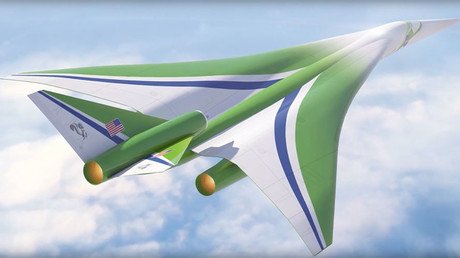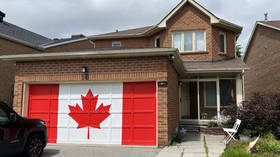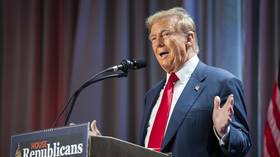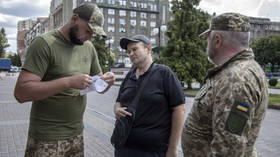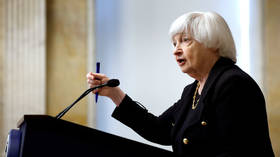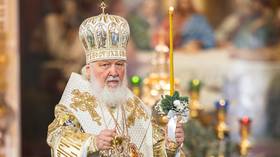Supersonic air travel may be back within decade

The return of supersonic passenger flights is just a few years away, according to the founder and CEO of US Boom Technology Blake Scholl. He told CNBC 76 orders had been placed for the company’s new supersonic jet.
Scholl said five airlines had ordered the planes, including Virgin. The names of the other four customers will be announced at special events.
"Airlines are excited for something new and different to offer their passengers, and we're thrilled that major world airlines share our vision for a future of faster, more accessible supersonic travel. We look forward to sharing more about these partnerships in the future," said Scholl at a Paris Air Show news conference.
He added the new aircraft orders are backed by "tens of millions" of dollars in non-refundable payments.
The plane will have a list price to customers of $200 million.
According to Boom, the average length of the flight from Paris to New York will fall from seven to three and a half hours when the airliner flies at its top speed of Mach 2.2. A flight from San Francisco to Tokyo will take a little over five hours, compared to the current eleven.
A business class ticket from London to New York is estimated at $5,000.
The new plane comes with two configurations of either 55 business class seats or 15 business with 30 first class seats on longer flights.
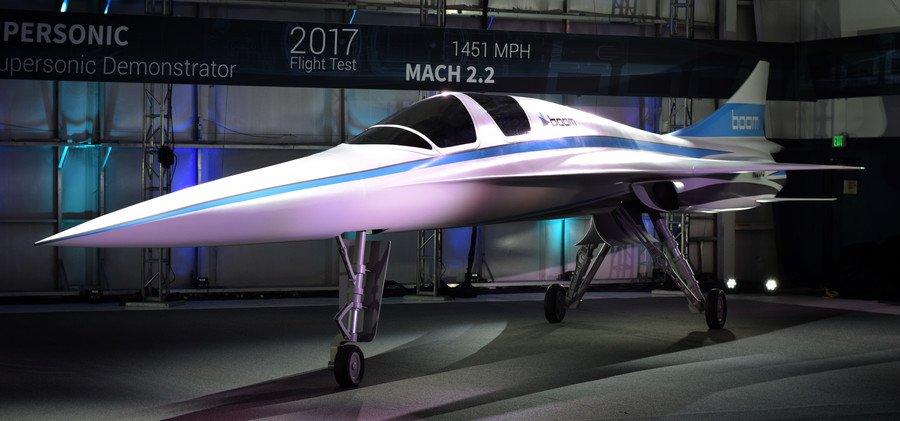
The company plans to have the aircraft in the skies by 2023 but is first developing a smaller supersonic jet to test the technology.
The XB-1 Supersonic Demonstrator will fly in Denver late next year after passing a significant performance and safety test, said Scholl.
He added that the new development technology makes Boom’s jet faster and less costly for passengers than the British-French supersonic jet Concorde which flew passengers across the Atlantic for 27 years before retiring in 2003.
"Concorde was designed half a century ago with slide rules and wind tunnels. Today we've got better aerodynamics, new materials, better engines, and all that adds up to a 75 percent reduction in operating cost," he said.
The company expects around 1,300 supersonic airliners will be built over ten years.
WATCH MORE:
